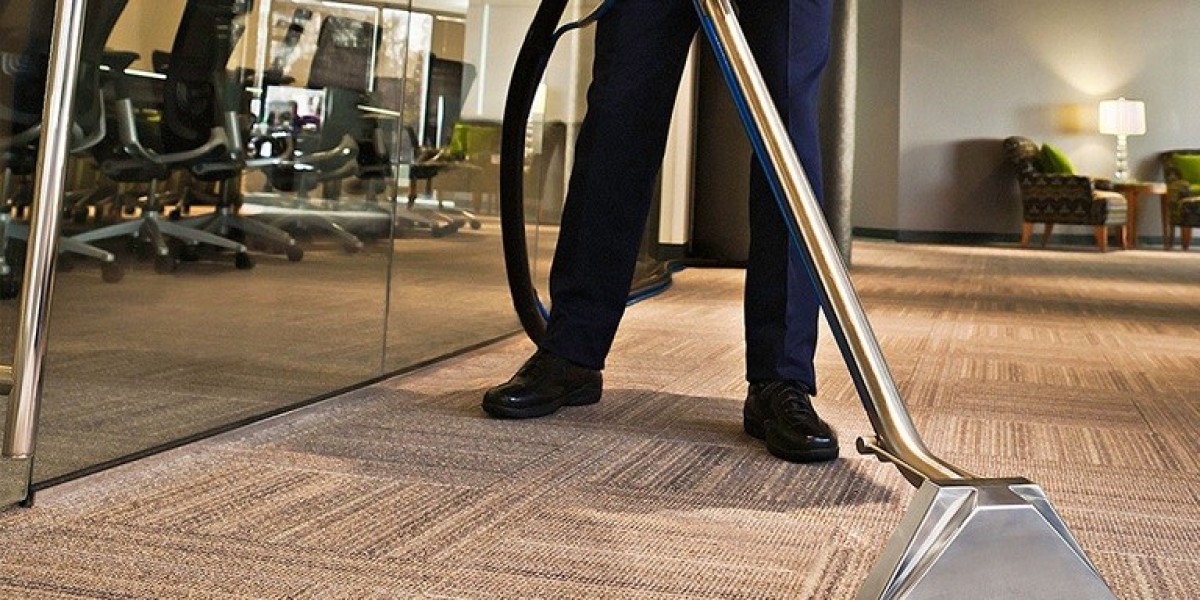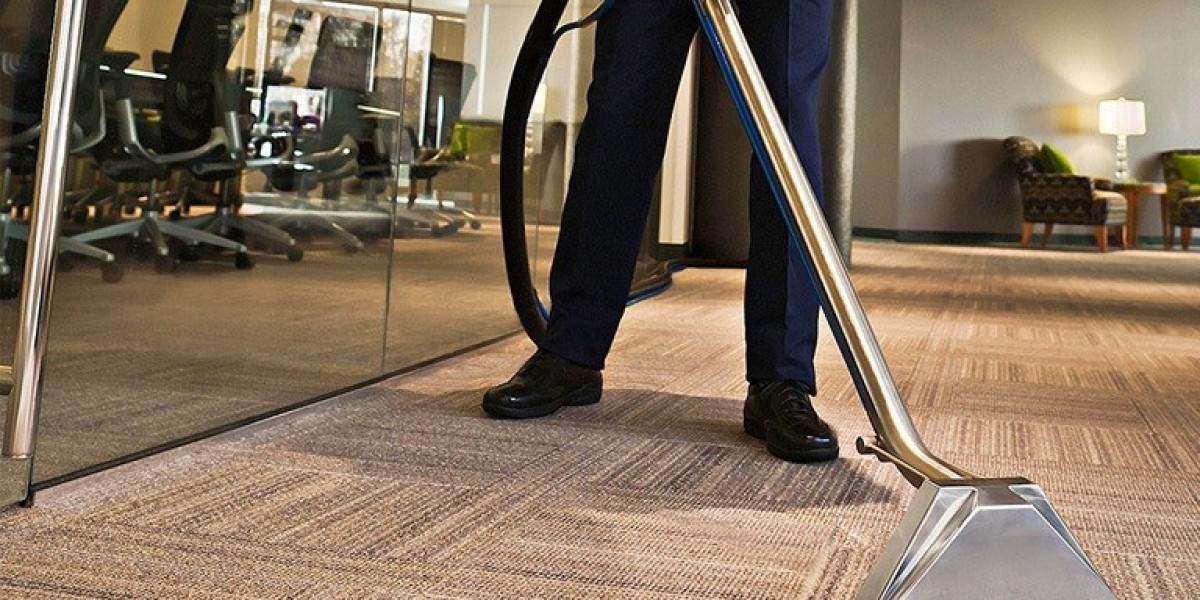
Carpet cleaning is an essential aspect of maintaining a clean and healthy living environment. Carpets not only enhance the aesthetic appeal of a space but also serve as a filter for dust, allergens, and pollutants. Over time, carpets can accumulate dirt, stains, and odors, making regular cleaning necessary. This report explores various techniques for carpet cleaning, the benefits of maintaining clean carpets, and practical tips for effective carpet care.
Importance of Carpet Cleaning
Carpets are a significant investment in any home or office. They add comfort and warmth, but they can also harbor dust mites, bacteria, and allergens. Regular carpet cleaning is crucial for several reasons:

- Health Benefits: Dirty carpets can contribute to respiratory issues and allergies. Regular cleaning helps remove allergens and improves indoor air quality.
- Aesthetic Appeal: Clean carpets enhance the overall appearance of a room. Stains and dirt can make a space look neglected, while well-maintained carpets contribute to a welcoming atmosphere.
- Longevity: Regular cleaning can extend the lifespan of carpets. Dirt and debris can wear down carpet fibers, leading to premature aging and the need for replacement.
- Odor Elimination: Carpets can absorb odors from pets, spills, and smoke. Cleaning helps eliminate these odors, leaving your space smelling fresh.
Carpet Cleaning Techniques
There are several methods for cleaning carpets, each with its own advantages and best-use scenarios. The most common techniques include:
- Steam Cleaning (Hot Water Extraction): This method involves injecting hot water and cleaning solution into the carpet fibers, followed by suctioning the water back out. Steam cleaning is effective for deep cleaning and removing tough stains. It is recommended to have carpets steam cleaned every 12-18 months.
- Dry Cleaning: This method uses a dry cleaning solvent and a machine that agitates the carpet fibers. The solvent breaks down dirt and stains, which are then vacuumed away. Dry cleaning is a quicker process than steam cleaning and is ideal for carpets that cannot withstand excessive moisture.
- Bonnet Cleaning: Often used in commercial settings, bonnet cleaning involves using a machine with a rotating pad soaked in a cleaning solution. This method is effective for surface cleaning and is not as deep-cleaning as steam or dry cleaning. It is best used for maintenance between deep cleanings.
- Shampooing: Carpet shampooing involves applying a foamy cleaning solution to the carpet, which is then agitated with a machine. After a short period, the foam is vacuumed up. This method can leave residue if not rinsed properly, so it is less commonly used today.
- Encapsulation: This modern method uses a synthetic detergent that crystallizes dirt into powder as it dries. Once dry, the powder is vacuumed away. Encapsulation is effective for routine maintenance and is quick-drying.
Choosing the Right Carpet Cleaning Method
Selecting the appropriate carpet cleaning method depends on several factors, including:
- Carpet Type: Different carpets require different cleaning approaches. For example, wool carpets may need gentler cleaning methods, while synthetic carpets can withstand more aggressive techniques.
- Stain Type: Certain stains may require specific treatments. For instance, pet stains may need enzymatic cleaners, while grease stains may require solvents.
- Soil Level: Heavily soiled carpets may benefit from deep cleaning methods like steam cleaning, while lightly soiled carpets may only need surface cleaning techniques.
Benefits of Professional Carpet Cleaning
While homeowners can clean carpets themselves, hiring a professional carpet cleaning service offers numerous advantages:
- Expertise and Experience: Professionals are trained in various cleaning methods and understand the best approaches for different carpet types and stains.
- Advanced Equipment: Professional cleaners use industrial-grade equipment that is more powerful than typical household machines, providing a deeper clean.
- Time-Saving: Cleaning carpets can be time-consuming. Professionals can complete the job more quickly and efficiently, allowing homeowners to focus on other tasks.
- Guaranteed Results: Many professional services offer satisfaction guarantees, ensuring that customers are happy with the results.
DIY Carpet Cleaning Tips
For those who prefer to clean carpets themselves, here are some useful tips:
- Regular Vacuuming: Vacuum carpets at least once a week to remove surface dirt and prevent it from settling into the fibers.
- Spot Cleaning: Attend to spills immediately with a clean cloth to blot (not rub) the stain. Use a mixture of mild detergent and water for cleaning, and avoid harsh chemicals.
- Test Cleaners: Always test any cleaning solution on a small, inconspicuous area of the carpet to ensure it does not cause discoloration or damage.
- Use Carpet Protectors: Consider applying a carpet protector after cleaning to help repel stains and dirt.
- Schedule Regular Cleanings: Plan for professional cleanings every 12-18 months, depending on usage and foot traffic.
Conclusion
Carpet cleaning is a vital part of home maintenance that contributes to health, aesthetics, and the longevity of carpets. Understanding the various cleaning techniques, knowing when to hire professionals, and implementing DIY tips can help maintain clean and fresh carpets. By prioritizing carpet care, homeowners can enjoy a cleaner, healthier living environment while extending the life of their carpets.








